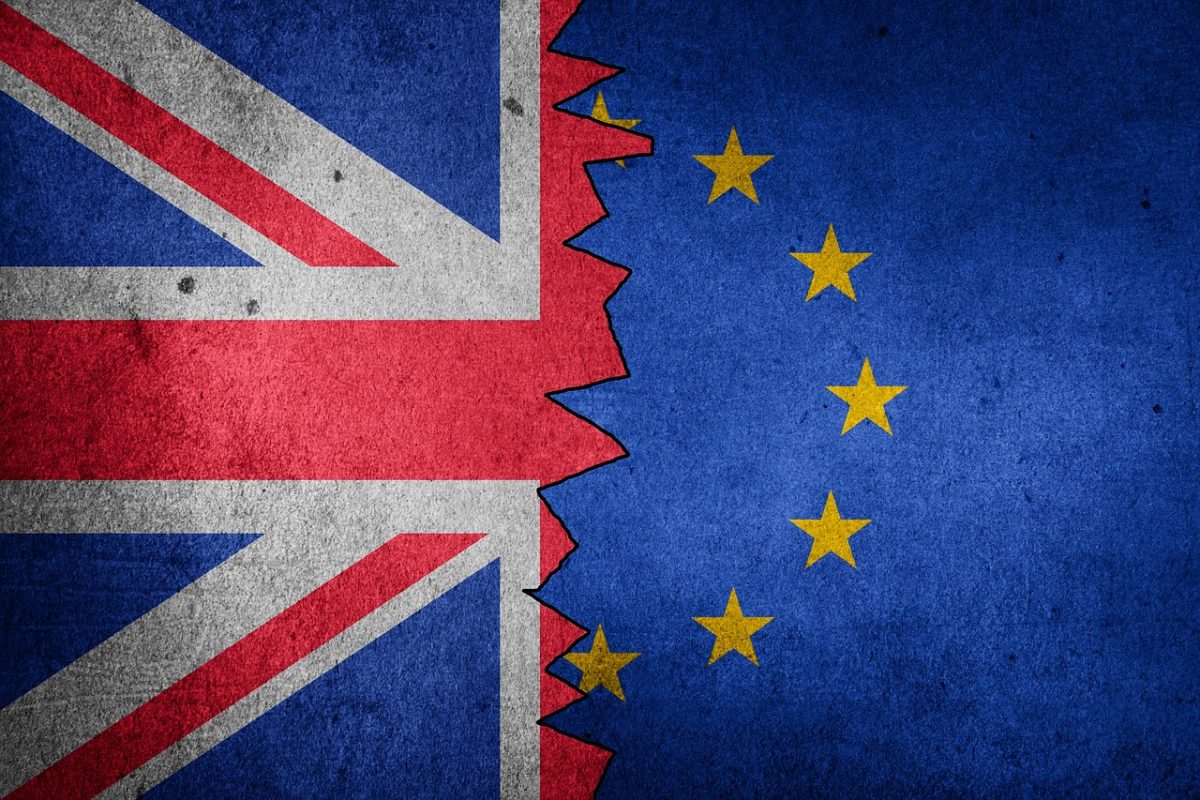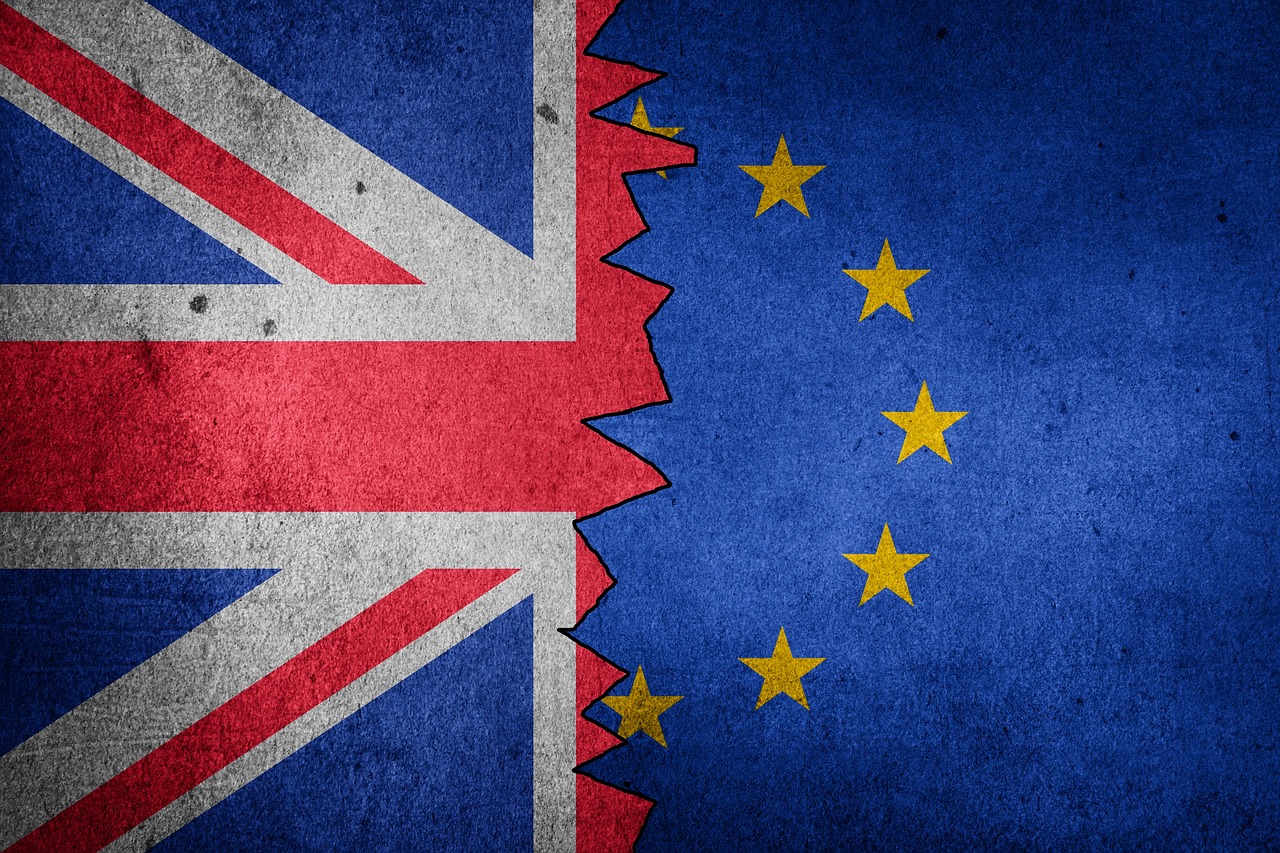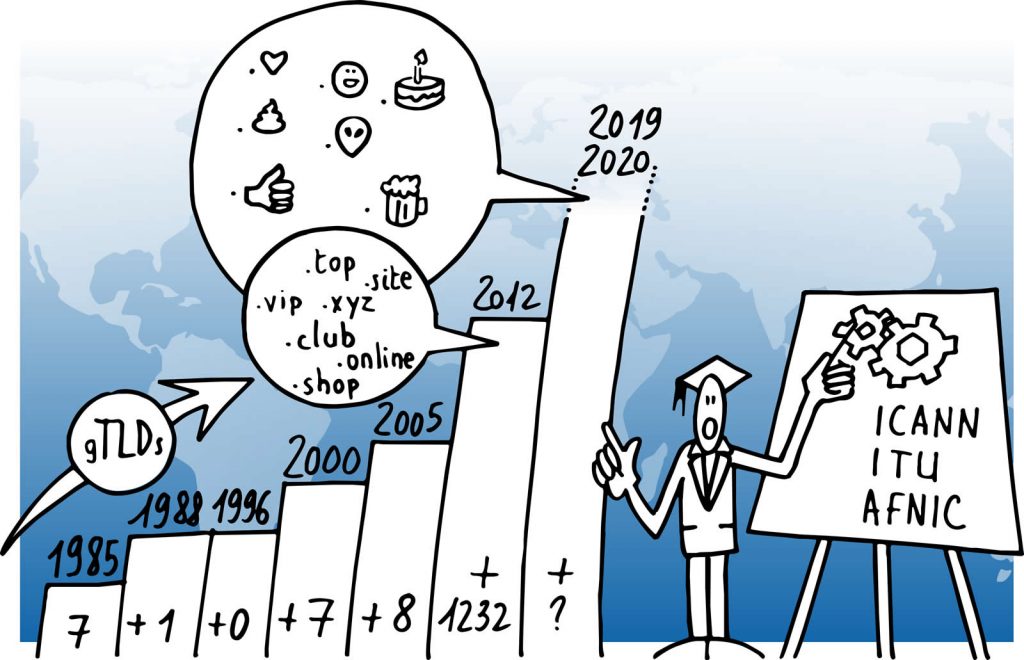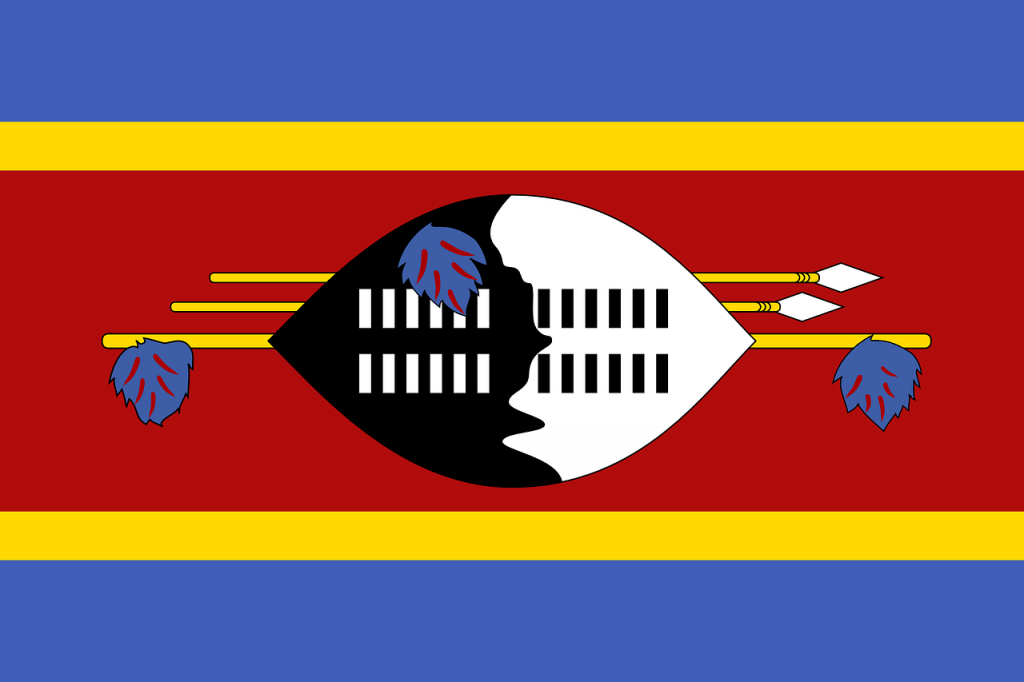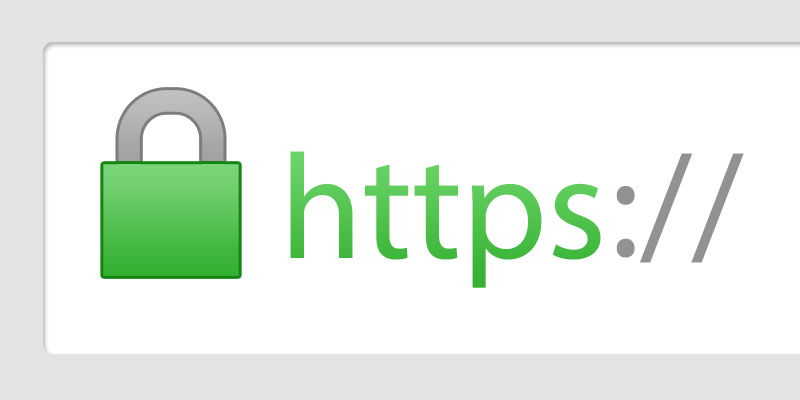
Context:
Spain, divided in 17 autonomous communities can’t be compared to the administrative division of the regions. Indeed, these Spanish communities don’t have the same autonomy and Catalonia, located in the North East, benefits from an autonomous status, in effect since 2006.
Issue of October 1st
Last Sunday, the Catalan independent regional government organized a referendum concerning Catalonia independence among 7.5 million residents. This initiative has been quite badly perceived by the Spanish conservative government, which searches by any means to slow down if not stop the movement. For many media, this is one of the worst political crisis of the last 40 years.
Like many territories or regions, Catalonia benefits from its own TLD: .CAT.
In France, Brittany, Corsica, Alsace and Paris also benefit from a dedicated extension, i.e. respectively .BZH, .CORSICA, .ALSACE and .PARIS.
Beside France, we can find .SCOT for Scotland, .EUS for Basque culture, .FRL for Friesland, etc.
June, 9th 2017
The referendum on Catalonia’s independence is announced. It will take place on October 1st. The question that the voters will have to respond to is the following: “Do you want Catalonia to be an independent state in the form of a Republic?”
September 13th 2017
Spanish law enforcement officers seize the electoral equipment.
September 15th 2017
Madrid, judging Catalan referendum illegal, raided the registry managing .CAT, PunCat in order to make unavailable the access to websites in favor of independence, the hosting of these latter being abroad. The registries of the other countries expressed dissatisfaction for this situation: .EUS and .SCOT have thus communicated on this subject. To this day, if we can note the reactions of EFF and ISOC, neither the GeoTLD Group nor ICANN have communicated yet on this matter. The issue having been covered beyond borders, we can note an article of NYT on this subject, it would seem natural that a first release from ICANN would soon be published.
PuntCat, .CAT registry, communicated with words on this incident and asked help from ICANN: « The show that we have experienced in our offices this morning has been shameful and degrading, unworthy of a civilized country. We feel helpless in the face of these immensely disproportionate facts».
September 20th, 2017
“Anubis operation” launch, aiming to prevent the referendum.
September 24th, 2017
Catalonia’s secretariat of telecommunications complains to the European Commission about the blocking of some websites in .CAT and the raid of the Catalan registry.
September 25th, 2017
With the impossibility to cut pro-independence websites, Spanish government blocks them.
October 1st, 2017
The vote takes place. 90% of YES for independence, 42% of participation rate.
October 4th, 2017
Day of this article’s publication, Catalan government should announce the Catalonia independence.



